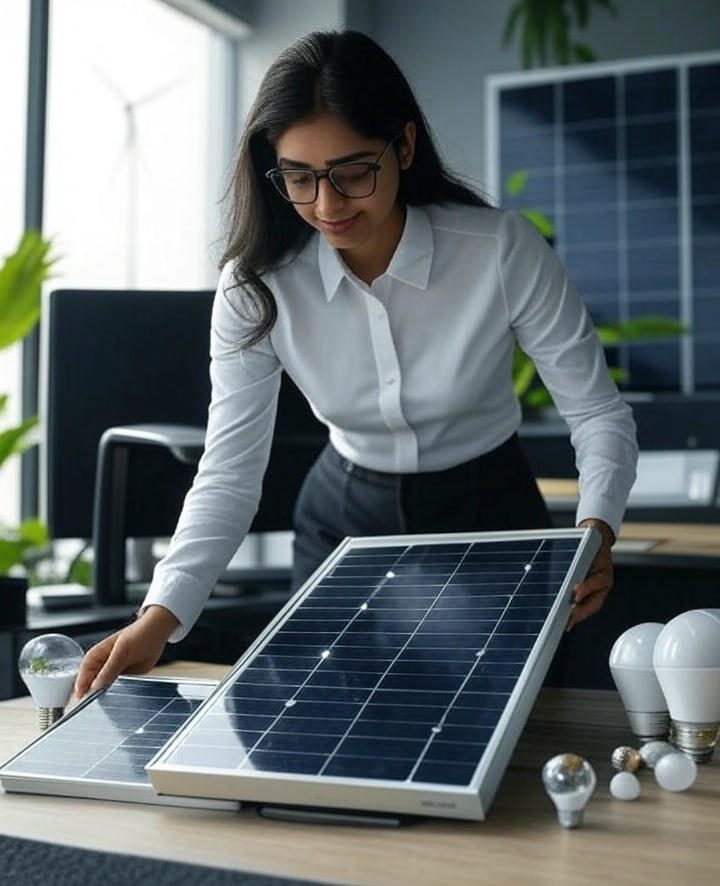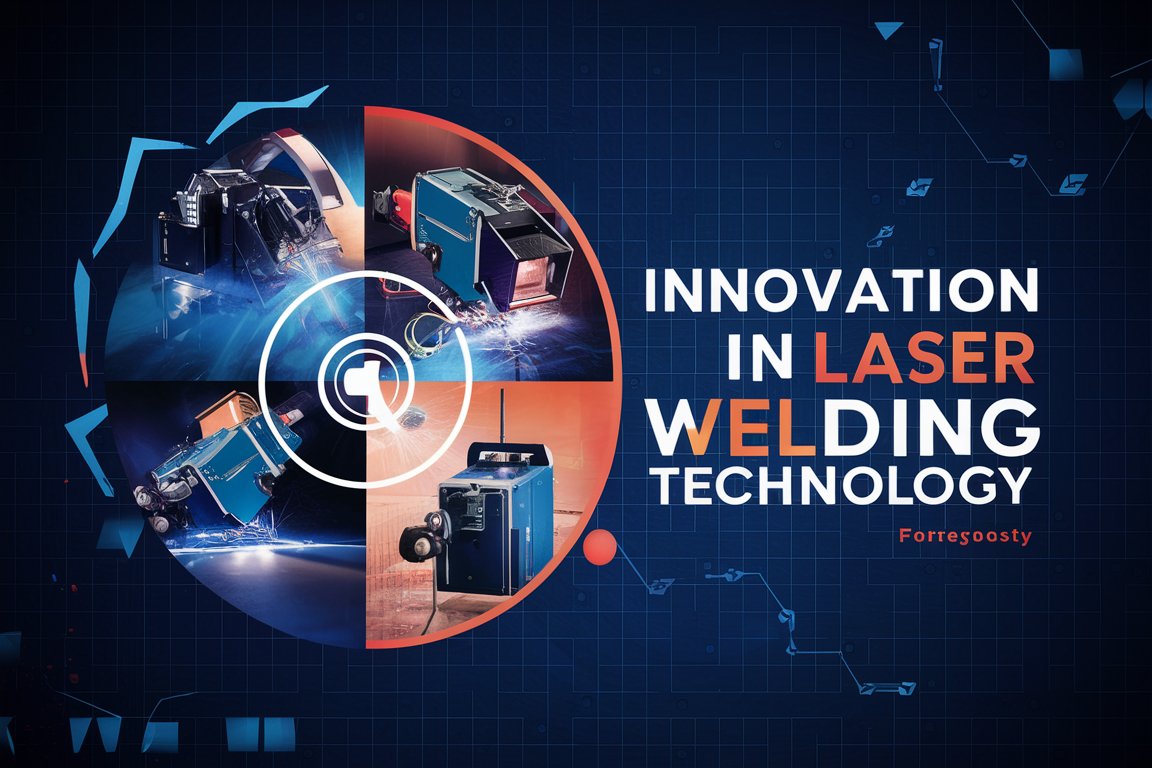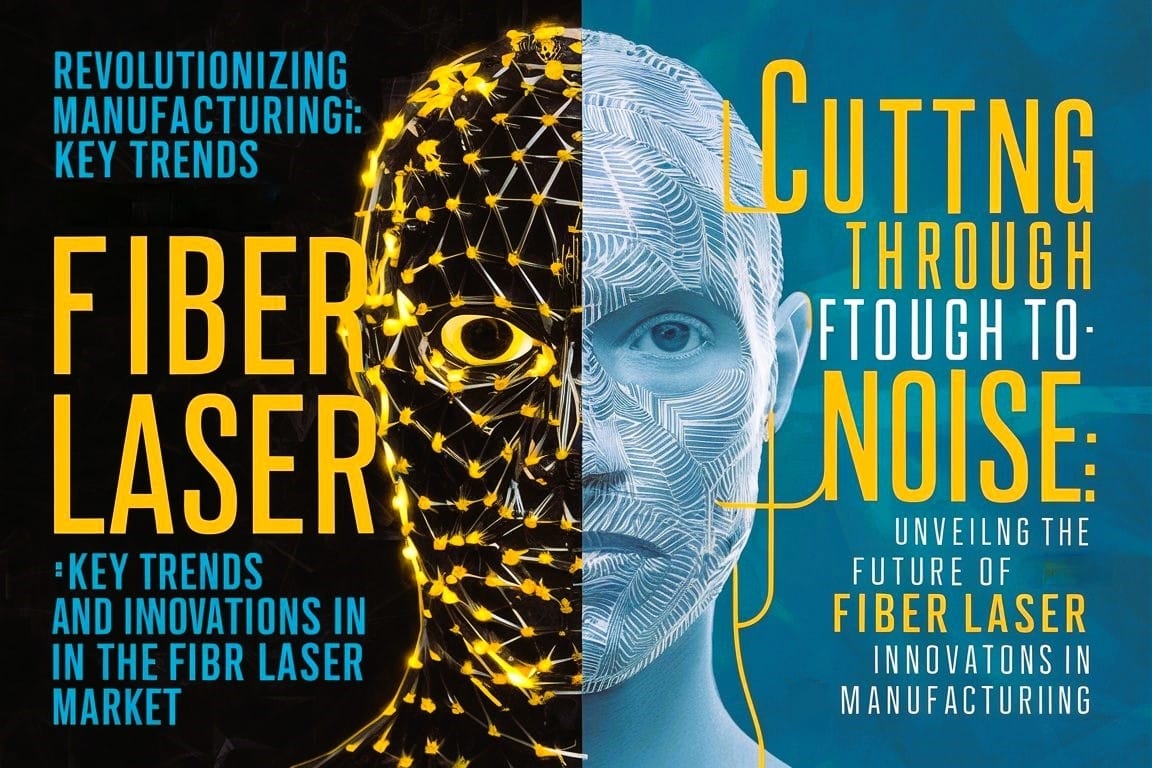In today’s world, we all know that electricity and electronics play a big role in our daily lives. From the moment we wake up to check our phones until we turn off the lights at night, these things are everywhere. However, as we use more devices like air conditioners, televisions, and computers, the demand for electricity keeps growing. This is where renewable energy and energy-efficient electronics come in, and they are helping us build a greener world together.
What is Renewable Energy?
Renewable energy comes from natural sources that never run out, and this makes it a great choice for our planet. For example, the sun gives us sunlight every day, the wind blows constantly, and water flows in rivers and streams. These sources are clean because they do not produce harmful smoke or waste like coal or oil does when we burn them to make electricity. As more people become worried about climate change and pollution, renewable energy is becoming very popular. It helps keep the air fresh and protects nature for our children and grandchildren.
How Electronics Fit Into This Picture
Electronics are the devices we use every day, such as phones, refrigerators, and LED lights. When these devices are made to use less electricity, they become energy-efficient. This means they do the same job but with less power, which is good for both our wallets and the environment. For instance, an LED bulb uses much less electricity than an old bulb while giving the same brightness. When we combine energy-efficient electronics with renewable energy, we create a powerful way to save resources and reduce harm to the planet.
Why This Combination Matters
The connection between renewable energy and electronics is important because it helps us use power in a smarter way. Since renewable sources like solar panels and wind turbines produce clean electricity, pairing them with devices that use less power makes the whole system more effective. For example, if you have a solar-powered charger for your phone, you are using sunlight to keep your device running without adding to pollution. This teamwork between nature and technology is changing how we live and work, and it is making our world greener step by step.
Benefits for Everyday Life
One of the best things about using renewable energy with electronics is that it saves money. Electricity from the grid can be expensive, especially when prices go up. However, if you install solar panels on your roof, you can generate your own power and lower your bills. Additionally, energy-efficient devices like smart thermostats can adjust the temperature in your home automatically, so you don’t waste electricity when you are not there. Over time, these savings add up, and they make life easier for families and businesses alike.
Another big benefit is that this combination helps the environment. When we use less coal or oil to make electricity, we release fewer harmful gases into the air. This means cleaner air to breathe and less damage to forests and oceans. Since climate change is a growing concern, choosing renewable energy and efficient electronics is a simple way for everyone to help. Even small actions, like switching to LED lights or using a solar lamp, can make a difference when many people do it together.
Examples Around Us
You can already see this green revolution happening in many places. Solar-powered streetlights are lighting up roads without needing cables from the grid. Some homes have solar water heaters that use the sun’s energy to warm water, saving electricity costs. Even in offices, companies are using energy-saving computers and fans that work well with wind or solar power. In 2025, these ideas are becoming more common, and they show how renewable energy and electronics can work hand in hand.
Challenges to Overcome
Even though this combination is exciting, there are some challenges to face. Setting up renewable energy systems like solar panels or wind turbines can be costly at first. However, as technology improves and governments offer support, the prices are coming down. Another issue is that not everyone has easy access to these systems, especially in rural areas. But with time and effort, more people will be able to enjoy the benefits as companies build better and cheaper solutions.
The Future Looks Bright
Looking ahead, the future of renewable energy and electronics is full of promise. Scientists are working on better batteries that store more power from the sun or wind, so we can use clean energy even at night or on cloudy days. Smart homes are also becoming popular, where devices like lights and air conditioners turn off automatically when not needed, saving even more energy. In 2025, we are seeing more countries push for these changes, and this is encouraging businesses and families to join the movement.
Moreover, as young people learn about these technologies in school, they will bring new ideas to make them even better. Governments are also helping by giving tax breaks or subsidies to people who switch to renewable energy. This support is making it easier for everyone to be part of building a greener world.
What You Can Do
You don’t need to be an expert to get involved. Start small by replacing old bulbs with LED ones or using a solar charger for your phone. If you can, talk to an electrician about adding solar panels to your home. Even simple habits like turning off devices when not in use can help. By making these choices, you are contributing to a cleaner planet and showing others how easy it can be.
Final Thoughts
Renewable energy and electronics are teaming up to create a brighter and greener future for all of us. They help save money, protect the environment, and make our lives more comfortable. As we move through 2025, this partnership is growing stronger, and it is something we can all be proud of. Whether you are at home, at work, or in your community, taking small steps with these technologies can lead to big changes. Together, we can build a world that is not only powered by nature but also cared for by all of us.




